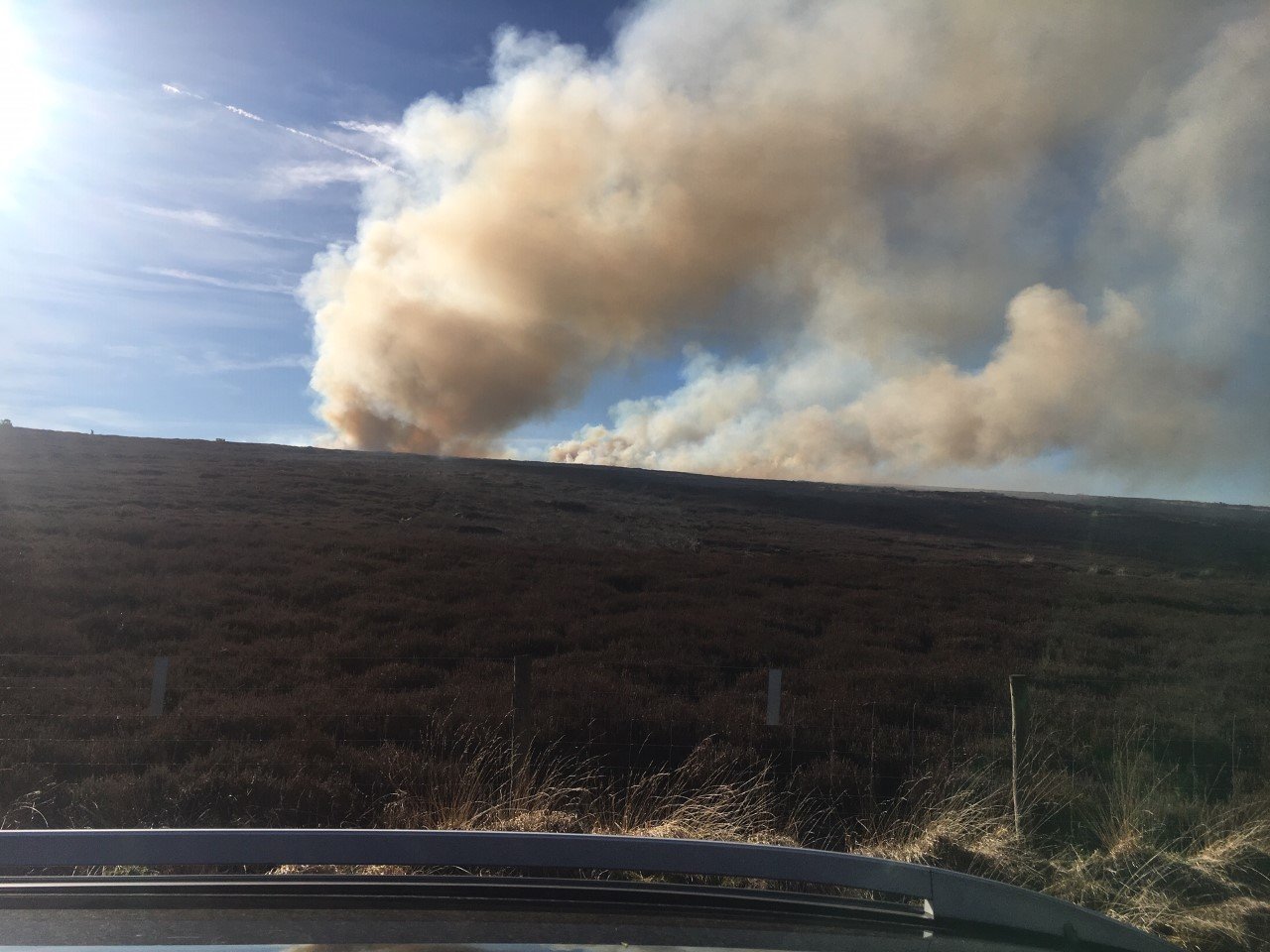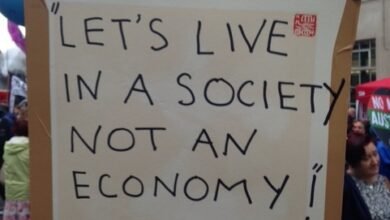It wouldn’t be true to say that the following was the talk I delivered at a conference in Sheffield on 1 October, but this is a close approximation to what I wanted to get across. Some of it is also in my book Reflections, some was in the Manifesto for Wildlife of 2018 and some was spelled out in this blog.

The uplands of Britain are difficult places to make money. Their soils are shallow and poor, their weather cold and windy, so they are difficult places to grow things. People have tried growing sheep in the uplands but they do much better in the lowlands and sheep numbers have in the past been propped up by ridiculous subsidies that took money from the taxpayer and gave it to farmers and formed the basis of the sheep economy. Trees grow in the uplands, but rather slowly and grudgingly compared with the lowlands, particularly if you are considering them as a commercial crop.
However, there are many different ways to make more money in the lowlands so sheep-growing and tree-growing have often been pushed uphill. It reminds me of my childhood when Red Kites were found in upland Wales – I used to think that those hills around Tregaron and Llandovery were perfect for Red Kites but they weren’t, it’s just that there were enough dead sheep for Red Kites to feed on and to avoid poisons put out for Red Foxes and Carrion Crows and the Red Kites had long ago been driven out of the lowlands.
Red Grouse do grow in the uplands, and not in the lowlands although changes in climate and disease (mediated through climate?) are causing poor breeding success and low numbers ahead of the rather early start of the shooting season on the Inglorious 12th August. Red Grouse are being pushed north as southern breeding sites become less suitable and less viable for them. We’re actually seeing more Pheasants and Red-legged Partridges creeping up the hills (well, released up the hills) to bolster the shooting revenues.
The difficulty with the uplands is that the things that make them most valuable are public goods not private goods. The song of a Skylark, the view, and carbon stores in peat or timber are public goods, they benefit all, are non-excludable and use by one person does not reduce its use by others. If you pull into a layby in upland Britain to look at the view you may hear a Skylark singing and the peaty soil around you stores carbon. The view isn’t used up when you leave, however many companions are in your car doesn’t reduce the amount of skylark song you hear and the peat is doing its job day and night for all. These are difficult goods from which to make money. You can make money out of selling the shooting of Red Grouse because doing so without the landowner’s permission is illegal and once it is shot then no-one else can shoot that same bird but it’s difficult to make money out of seeing Red Grouse because you can park your car by the roadside and see them very easily.
In a wise society with wise decision makers we wouldn’t invest so much effort in trying to find a way to make private enterprise profitable in these difficult places, we should be thinking about the best way to deliver public goods – because that is easy.
The identification of public goods to be delivered in the uplands is easy. All that peat – carbon stores that should be protected. All that rain – water retention to reduce flooding and suitable land use to produce clean drinking water that doesn’t need much treatment. Wildlife – to be enjoyed by all and for there to be industries that promote tourism and leisure linked to wildlife and landscape.
The difficulty is all those thousands of landowners who want to make more money than their neighbours on their own bits of land. The solution is not to pander to them but to ease them out. Proper regulation and enforcement (often the missing element in policy making) are together one route. No, you mustn’t burn any vegetation on peat soils without a specific licence which is difficult and expensive to obtain. No, you can’t graze at certain times of year or with certain breeds of sheep or above certain densities which we will set and check. No, you must block those drainage ditches at your own expense. Such measures make it even more difficult to make money in the uplands from those activities that do not deliver public goods – and that’s what we want.
The other route is through public ownership. Not public money for public goods but public ownership for public goods. If we want public goods, and private enterprise doesn’t deliver them, then let’s get our hands on the land and do it ourselves, particularly as the delivery of many public goods involves not doing things (which is cheap) rather than doing things (which is often expensive).
There should be a fair transition from private to public ownership but that has to be fair to the taxpayer and the public, not overly generous to landowners. Various incentives to give up land are easy to imagine – more police checking up on rural crime, proper regulation, changes to inheritance tax that really do not pander to those whose families have owned land for centuries and offers to purchase which recognise that private profit is very difficult so the land is not worth much in commercial terms.
The time for nudging land use slowly in vaguely the right direction has passed and the time for getting a grip of it is here. Climate change and biodiversity loss make that clear.
But won’t land purchase cost a lot of money? Well, it depends what you call a lot of money. The Millenium Dome cost nearly £2bn in today’s money and you could justly buy a lot of land for that. Remember, we taxpayers are paying lots of landowners grants at the moment, often to persuade them to do less, and those grants would cease as soon as the land passed into public ownership. The current system rents public goods inefficiently rather than secures them over long periods. If we carried out no grazing and no burning for the first five years after purchase the land would almost certainly be in better condition. Instead of renting public goods, expensively and inefficiently with no certainty of long term delivery we would be getting the opportunity to deliver public goods for ever.
I think we’d need an organisation to carry out the land acquisition and management and we’ve done something similar before. After the First World War the Liberal government established the Forestry Commission because they were scared that Britain might run out of timber, as it nearly did in the Great War. We were more likely to lose that war through lack of timber than lack of food, and part of the need was for pit props (my maternal grandfather was lying underground on his back with a pick in his hands at that time and he wanted pit props too). The Forestry Commission became a very large land holder and manager within 50 years and did a pretty good job (not perfect, nothing’s perfect) but Britain didn’t set up a grant scheme and hope that private landowners would grow trees, we took on the land and grew our own trees on publicly managed land. So could it be for carbon stores (above and below ground) and water resources and wildlife in the future.
Public land ownership for public goods!
[registration_form]
Source link




